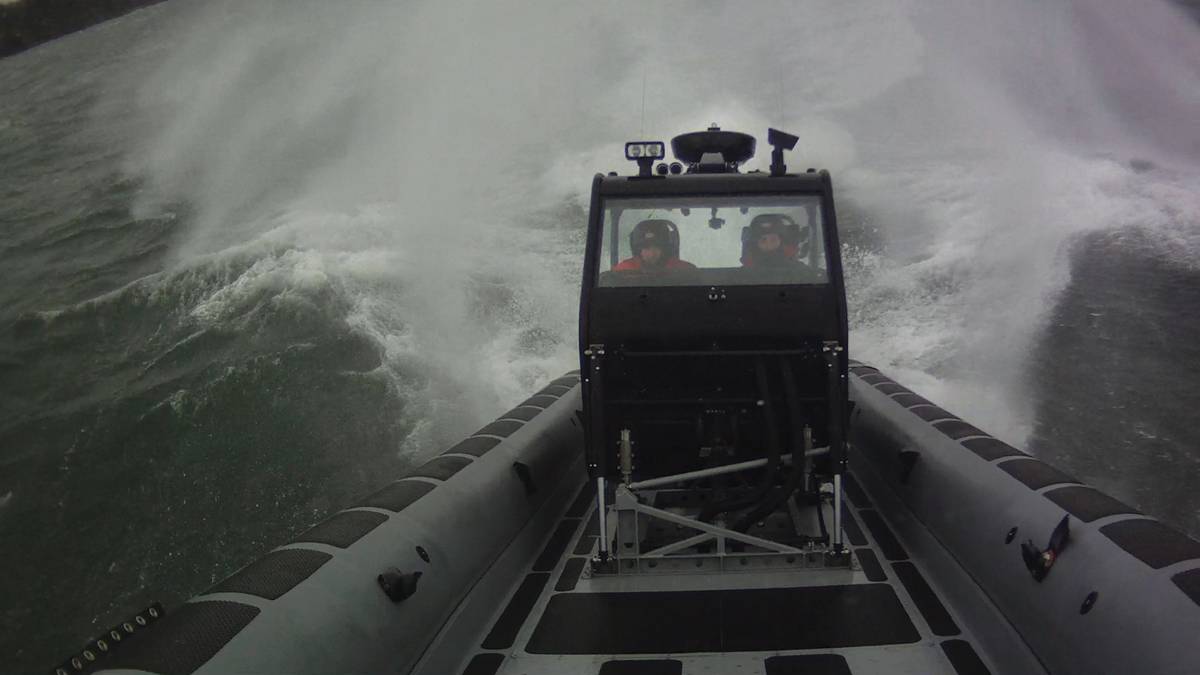
Interestingly enough renault and peugeot used completely different rear setup. Torsion bar was the spring of choice for french hot hatch.

It's a lot better than a leaf spring.Ī curious selection of vehicles has used them over the years, including the Ranger, tanks, and sports cars. The efficiency of a torsion bar (crudely energy stored per unit weight) is the same as for a coil spring (a coil spring is actually a torsion spring). I believe setting the static ride height, and then having to reset it as the vehicle ages, is one of the things that counts against them. Sadly your shock absorber is nearly as awkward to package, although in the days of friction discs or lever arm type shocks this was much less of a consideration. I'm beginning to make it sound like a bad idea, but the beauty is that you can run a very compact suspension (or fit enormous tires), because you don't have to package the coil spring or design a spring tower, which as you know is a constant source of grief. For crash reasons it has to point rearwards, spearing pedestrians being considered a bad idea. Then you have to arrange for clearance for the torsion section of the spring along the chassis. Then you have to design an outboard joint, again not tricky. Then you have to design the inboard anchorage which takes the vertical load. A nice heavy casting seems like a good solution there!. Then there's the fun bit of designing the body structure to resist torsion at that point.

This has to take a lot of stress and have a long fatigue life. First problem is designing the 'nut', or termination at the fixed end. The devil is in the details with torsion bars.


 0 kommentar(er)
0 kommentar(er)
